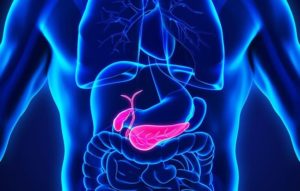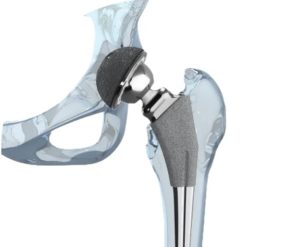Several regrettable incidents on Piedmont Triad roads in North Carolina over the past few weeks remind me of an issue that should concern motorists everywhere. The phenomenon develops when traffic is diverted into what is often called a “bottleneck.” When one or more of the existing lanes in the road or highway are unavailable, even light traffic can cause heavy congestion.
Many situations can create bottlenecks: spilled loads, prior accidents, stopped and slow-moving vehicles. In Western North Carolina, major highways and backroads alike experience rockslides that can slow traffic down substantially. Frequently, highway construction causes temporary bottlenecks that can be maneuvered safely and effectively if drivers remain patient, use their turn signals, follow posted signage and maintain their focus on the road.
I have recently posted blogs about the unwelcome number of fatal collisions the Piedmont Triad community has seen on our roadways. Unfortunately, many of these crashes have been related to bottlenecks caused by work zones.
Now, we are saddened to hear news that the 23-year-old driver who rear-ended a semi truck on Mother’s Day, May 9, 2010 while driving through a construction zone on Interstate 40 died on May 20, 2010 as a result of her injuries sustained during the collision. The two passengers who were with her in the vehicle when it crashed also died because of the wreck—one at the scene and the other on May 19, 2010.
Only hours before the accident that killed these three young people, another wreck involving multiple cars and a tractor-trailer happened on the same stretch of I-40. That crash ended the lives of two teenage brothers.
The North Carolina Department of Transportation has added message boards promoting Interstate 73 as an alternative route around Greensboro, and off-duty Greensboro Police officers will patrol the zone on weekends when traffic flow is heaviest.
Greensboro Police Sergeant Scott Morgan urges drivers to pay attention, stay alert and avoid “unnecessary risks” in an article from digtriad.com.
Recite the phrase, “When traffic gets tight, stick to the right!” Though the left lane is typically speedier, during bottlenecks more people struggling to get ahead contributes to congestion in the fast lane. If you stick to the right, your travel will often be steadier and safer.
Another good tip is to add 15 minutes to every hour you expect your trip to take. The extra time will help keep you on schedule and remain calm if you do experience unexpected hold-ups.
If you see road signs directing motorists to alternative routes, follow them! Detours are designed to keep traffic flowing smoothly and safely. Often, a detour will be a faster method than fighting traffic and sitting in a bottleneck.
Safe driving behavior is the most important safety feature you can have while on the road. Though you cannot control the actions of others, you can start making the road safer for everyone by practicing safe driving.










One Comment
Mike Bryant
With the road construction we are seeing right now up here this is great information. Thanks for the insight.
Comments for this article are closed.